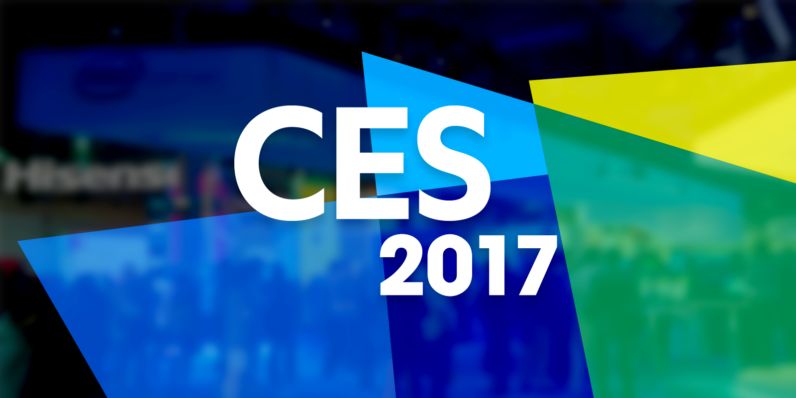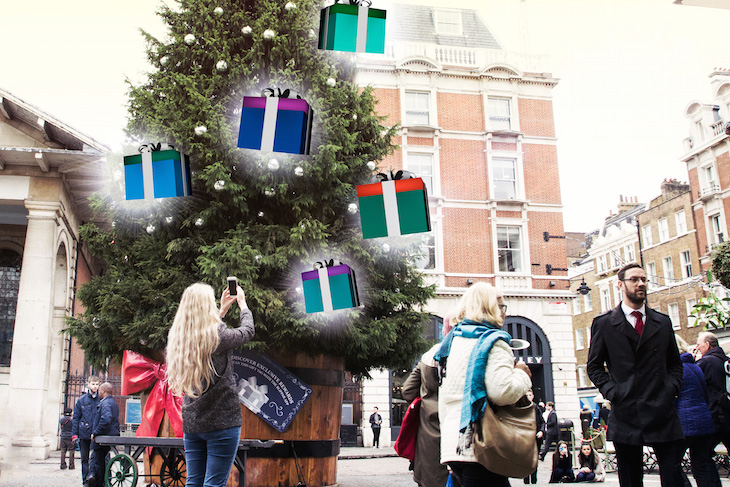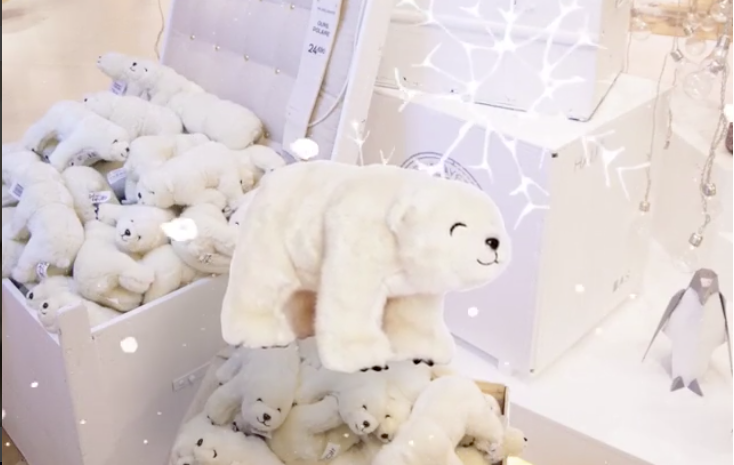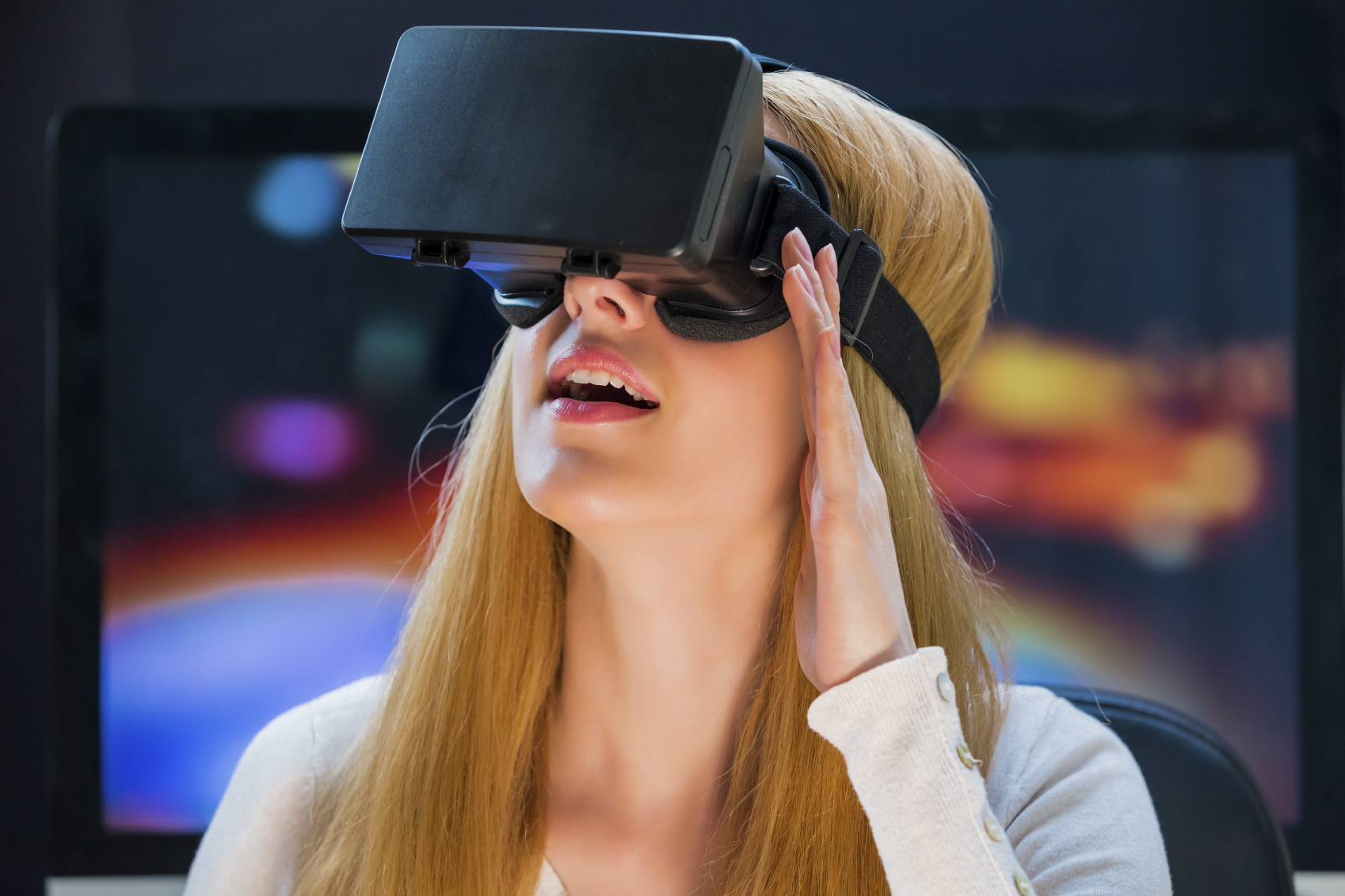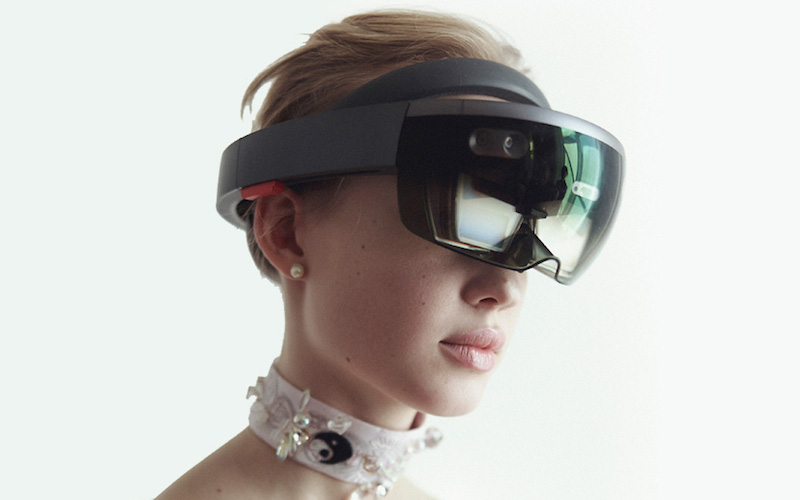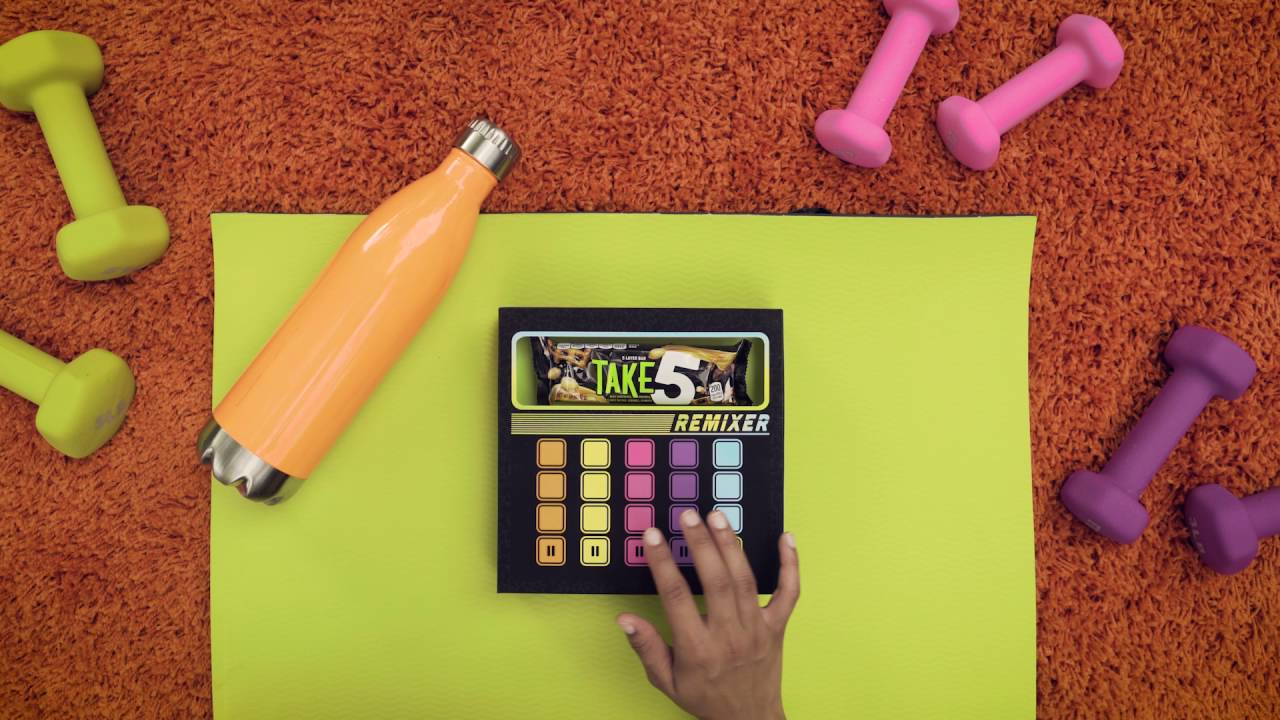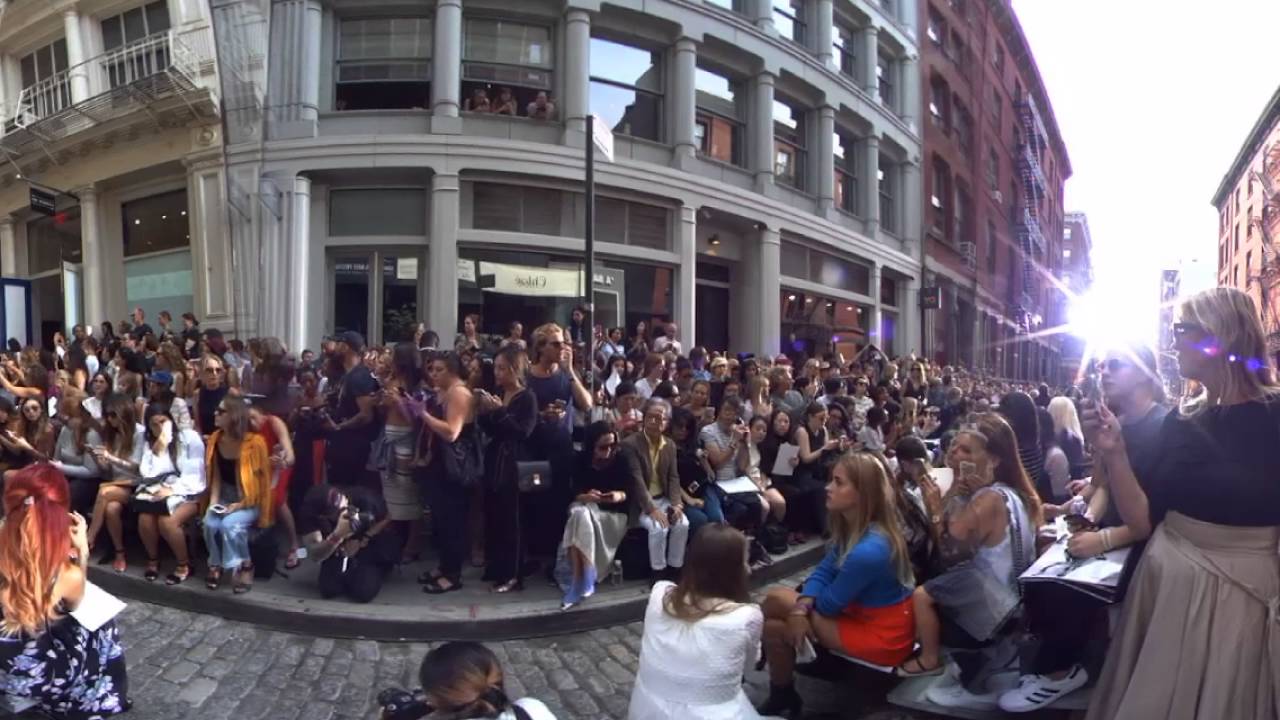Your guide to tech-driven changes in the media landscape by IPG Media Lab. A fast read for you and a forward for your clients and team.
The Highlights:
- New dual-lens camera on iPhone 7 Plus opens the door for improved AR and 3D scanning.
- Apple Watch Nike+ shows possibility for other brands to partner with Apple for branded products or Watch faces.
- iOS 10 will be available next Tuesday, with the new, extensible iMessage, cross-device Apple Pay, and an option for limiting ad-tracking.
What Apple Announced
Apple kicked off its September press event on Wednesday in San Francisco with a two-hour keynote presentation. The Verge has great coverage of all the announcements that Apple made today. The announcements from the keynote that are relevant to brands and marketers include:
- Apple eliminated the headphone jack and introduced wireless earphones called Apple AirPods, which come with tap-to-enable Siri support and should further familiarize consumers with voice-activated conversational interfaces.
- The iPhone 7 Plus features a dual-lens camera that enables a new depth-of-field effect and opens the door for improved augmented reality (AR) and 3D scanning.
- Apple announced APIs for capturing and editing Live Photos, allowing app developers to take advantage of the animated format.
- The new Apple Watch Series 2 features faster app launch times, built-in GPS, and a “swim-proof” design.
- Apple partnered with Nike to introduce a special Apple Watch Nike+, complete with personalized motivations for runners and custom NIke-branded watch faces.
- The upcoming Mario game for iOS may be most notable now due to something not mentioned in the keynote: it features a “Notify” button in the App Store today, and tapping it will send a notification when the app becomes available.
- iOS 10 will be available on September 13, bringing new features such as extended Apple Pay support, revamped iMessage, Siri support in third-party apps, and an option for limiting online ad-tracking.
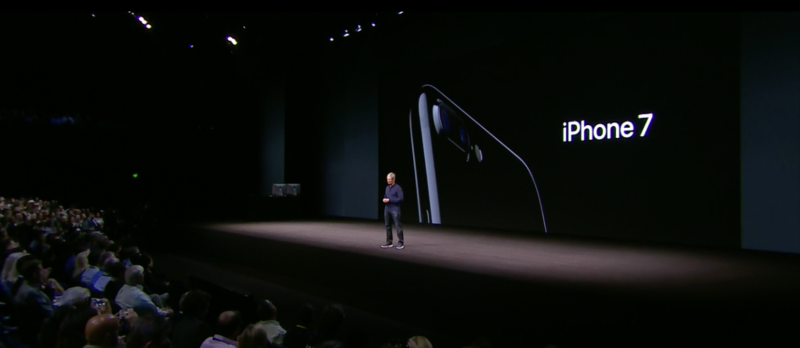
What Brands Need To Do
Get Ready For iOS 10
With its official release set for next Tuesday, iOS 10 will bring some of the most immediate changes and opportunities that brands need to get ready for. For starters, Siri support for third-party apps should come as welcome news as it enables brands to further integrate their services into Apple’s ecosystem. If they are in one of the supported domains like messaging or payments, branded apps should be extended to work via voice control.
The new iMessage allows brands to develop messaging-based apps as well as sell stickers based on their IP to promote their content in Apple’s native messaging app. iMessage Apps will be great for casual games and collaboration and particularly appealing to entertainment brands.
The new “Limit Ad Tracking” setting will make ad tracking and targeting for brand advertisers more difficult as it anonymizes the user’s IDFA. This presents a good reason for brands to shift towards a social-heavy media mix for mobile campaigns, as most ads on social networks are targeted by user profile and are therefore immune to this update. For more brand implications brought by iOS 10, check out our analysis on this year’s WWDC event.
Explore AR Possibilities
The dual-lens camera on the iPhone 7 Plus is an exciting addition because it opens the door for developing improved depth sensing and therefore new AR and 3D-scanning capabilities that brands will be able to create. For example, a CPG brand could develop an app that allows users to 3D scan their products and packaging and launch interactive digital experiences based on that.
For home improvement brands, the improved depth sensing would transform iPhones into a powerful preview tool for augmented reality-based customization, with more automation and less fiddling than what IKEA has in its AR preview app to allow customers to check if furniture they want would fit in their room. As dual-lens cameras become more widely available on mobile devices, brands will have more opportunities for leveraging AR technologies to create engaging experiences for mobile users. 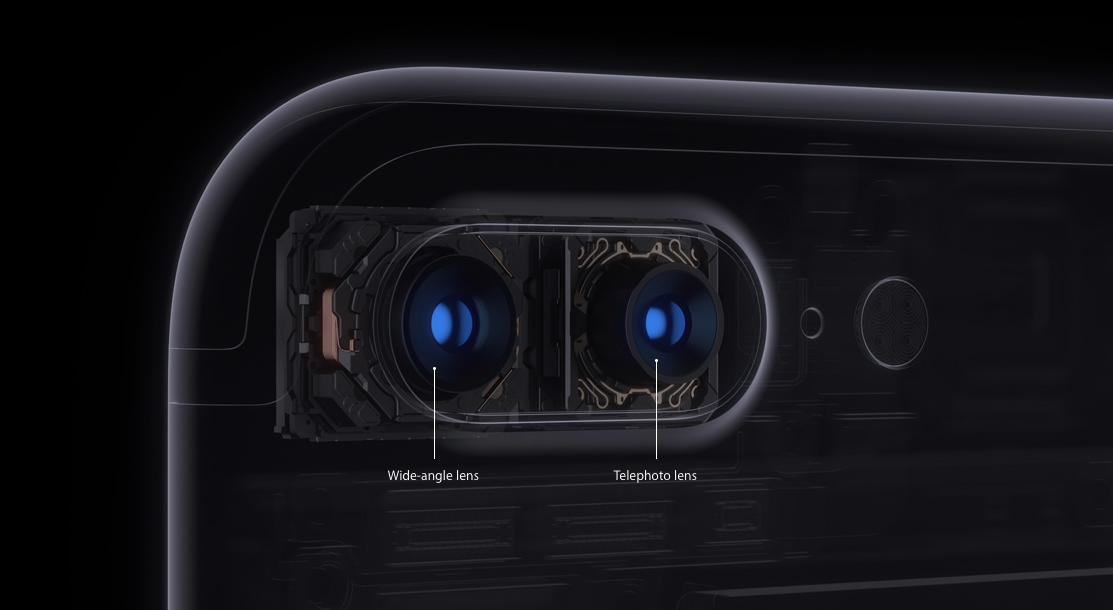
Consider Branded Tech Products
Apple’s partnership with Nike to create the Apple Watch Nike+ that specifically targets running enthusiasts signals Apple’s willingness to team up with select brands to develop branded products and features. In addition, Apple also has a standing partnership with luxury brand Hermès for the Apple Watch Hermès that comes with leather band and custom watch faces.
Besides Apple, we have seen examples of brands creating branded consumer tech products as part of their brand marketing efforts. Last year, Pepsi worked with Chinese phone manufacturer Koobee to create limited edition Pepsi-branded smartphones. In India, KFC created a meal box that doubles as a phone charger. The bottom line is a branded tech gadget is an underutilized way for brands to get the attention of today’s consumers, and more brands should consider exploring such partnerships.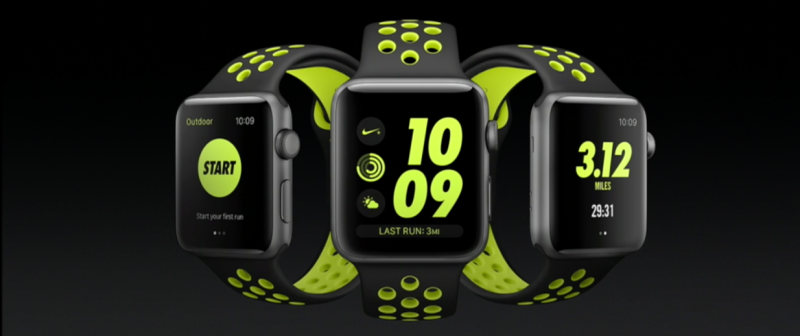
How We Can Help
Please contact Client Services Director Samantha Holland ([email protected]) at the IPG Media Lab if you would like more detail or want to schedule a visit to the Lab to discuss how your brand may benefit from integrating with Apple’s ecosystem, particularly in messaging and in the living room with Apple TV.
For previous editions of Fast Forward, please visit ipglab.com. Please reply with any constructive criticism or feedback. We want these to be as useful as possible for you and your clients, and your input will help us immensely.

